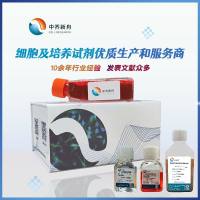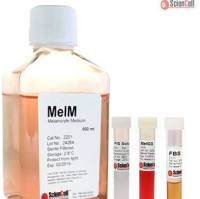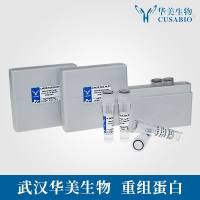细胞培养安全和一般规则(Cell Culture Safety and General Rules)
互联网
细胞培养
(Cell Culture)专题:
http://ask.bbioo.com/special/experiment/cellculture.htm
Safety representative- cell culture facilities technician Caroline Crowley
A. Cell Culture Facilities
The Division has five cell culture facilities:
Lab 4 (TC4) used solely by Dr Dawbarn’s group. Designated for culture of insect and mammalian cells. Registered for GMAG containment level 2
Lab 5 (TC5) used solely by Dr Uney’s group. Designated for clonal cell lines only, and are registered with GMAG for projects involving adenoviral work. Also some primary culture
Lab 3 (TC3) is used by Prof.Murphy ‘s group. Designated for clonal cell lines only, and are registered with GMAG for projects involving adenoviral work.
There are also two separate communal cell culture facilities,and users of these should ensure that they work in the appropriate area at all times. These are
the two rooms adjacent to Lab 8 (TC8A=LHS, TC8B=RHS) are designated for clonal cell lines only, and are registered with GMAG for projects involving adenoviral work.
Additionally Dr de Bree will be carrying out stem cell work in TC8A from time to time. Please see section D for booking and cleaning details re this.
the room off Lab 1 (TC lab1) is designated for the dispersal and culture of rodent tissues,for separation and culture of lymphocytes from human blood and for culture of human tissues that are considered semi-sterile ie biopsy material and tissues removed at surgery.Mixed cultures must be kept in this facility. This room is also now GMAG registered for projects involving adenoviral work.
Specific safety protocols for each facility are described later and must be adhered to.
B. Cell Culture Users
• Any member of staff-or new staff- wishing to use cell culture facilities must first register with Caroline, who will maintain a database of users.
• Following registration, cell culture training/assessment will be given by Caroline before the new user may work unsupervised. In the case of students or those working for very short periods, the new users must still be registered, but their supervision and training is the responsibility of the supervisor.
• All people working in labs where human material is used must be vaccinated against Hepatitis B.
C. General Rules
1. Specific GMAG requirements:
• each area will have its own supply of gloves and white coats, which must be worn at all times. No-one may enter any of the areas with their general lab coat on, separate lab coats must be worn in each area. Gloves must be changed for a fresh pair on entering the facility.
• all culture flasks and dishes must be individually labelled with 1) the owners name and 2) the type of cells in use. Failure to adhere to this regulation will result in the cultures being thrown away.
2. All cell culture users will be named on the cleaning rotas and must complete and sign for their duties.
3. Where appropriate all users must sign for plastic ware used (see Caroline).
4. Good aseptic technique must be used at all times, for the safety of your own and others cells and for users" safety.
5. Whoever first uses a hood each day is responsible for switching off the UV light and for emptying the pipette stacks prior to culturing. Drain the pipettes and dispose of both glass and plastic pipettes into sharps bins. Pipette stacks containing hycolin are situated by each hood, all pipettes must be soaked at least overnight for decontamination before disposal.
6. Spray the hood with 70% IMS before starting work, spray bottles, etc before putting them in the hood, especially media bottles warmed in the waterbath.
7. While working, keep the work surface as clear as possible to retain laminar flow and to avoid spillage.
8. Wipe up any media spills as soon as possible, clean with detergent then 70% IMS remembering to clean the base of the hood and the shelves below in the incubator, where the spill may have penetrated.









